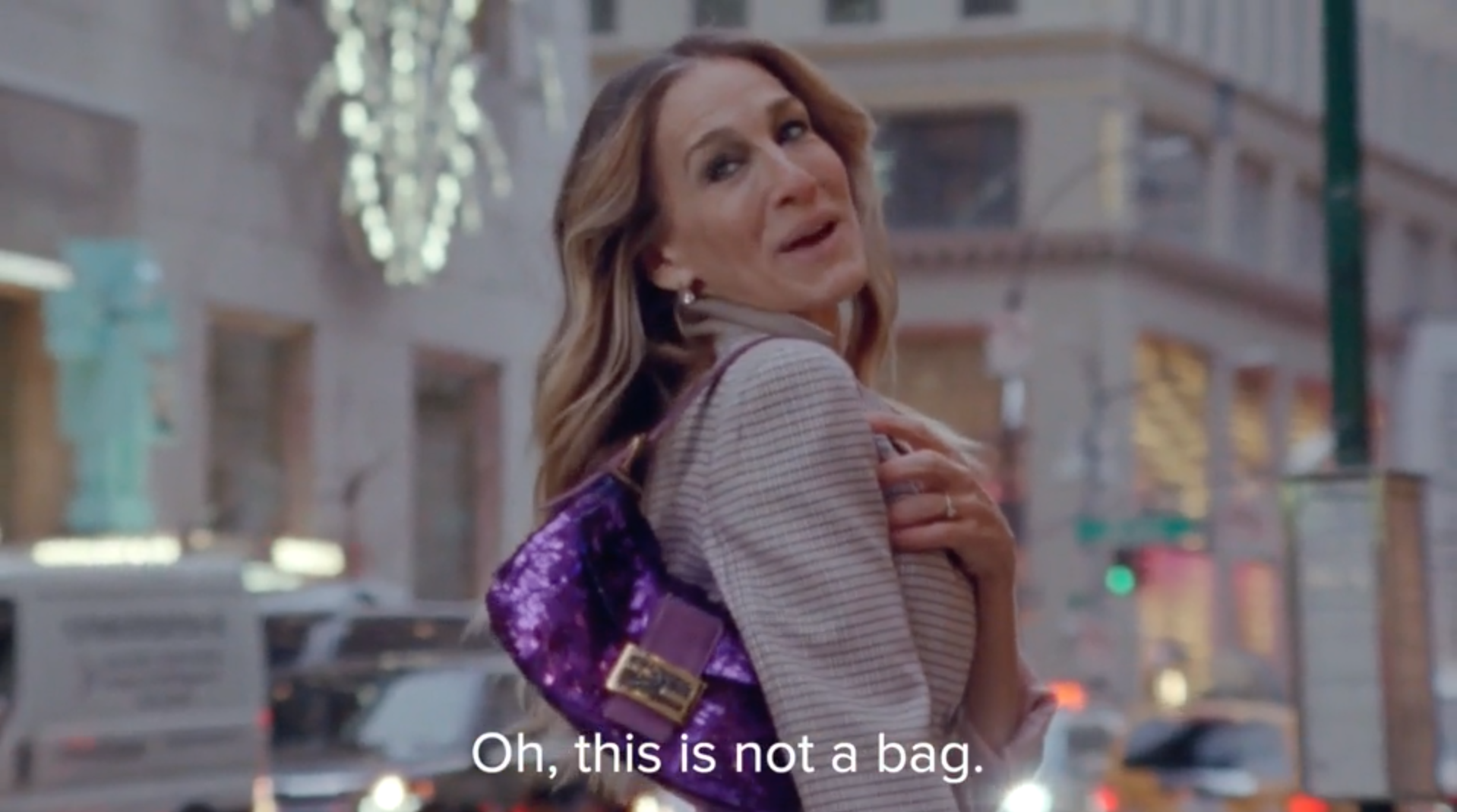The Female Creative Directors You Need to Know!
by Charlotte Banfield on Mar 25, 2022
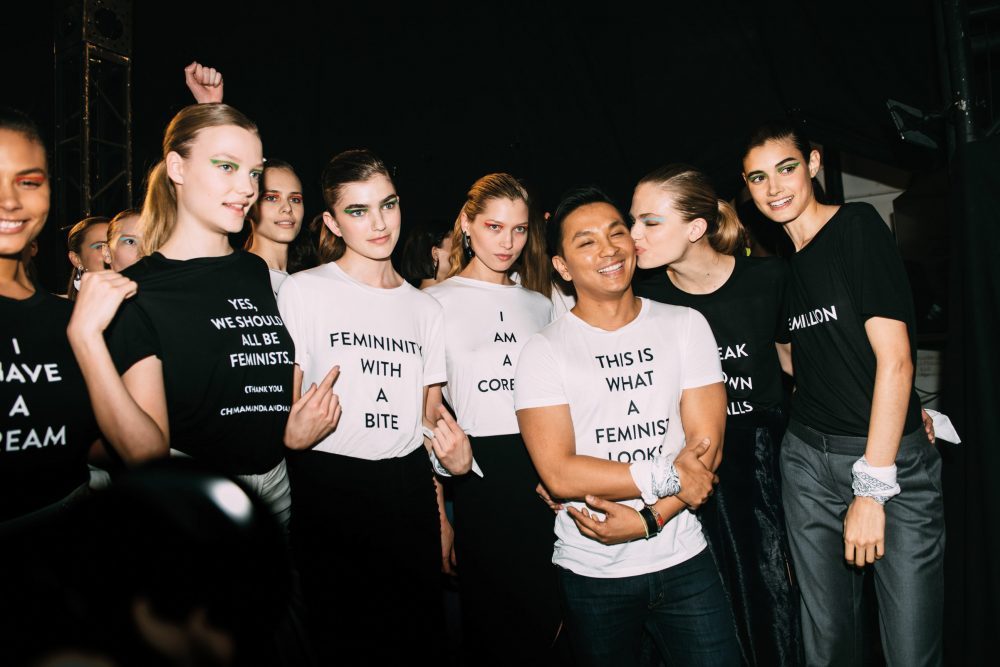
In the words of Cara Delevigne’s outfit at the 2021 Met Gala: “Peg the patriarchy”. Upon being interviewed over the bold choice of wording, Delevigne stated that the message was “about women empowerment – equality, gender equality, you know – it’s a bit like ‘stick it to the man’”. Although the slogan was met with controversy, there’s no denying the truth of the message when it comes to the fashion industry.
The future is female, especially in fashion. After all, who knows how women like to dress better than other women? From Maria Grazia Chiuri (Dior) to Phoebe Philo (formerly of Celine), there has been an increasing number of women taking the helm of some of the world’s largest and most favourite fashion houses.
Miu Miu’s Creative Director: Miuccia Prada
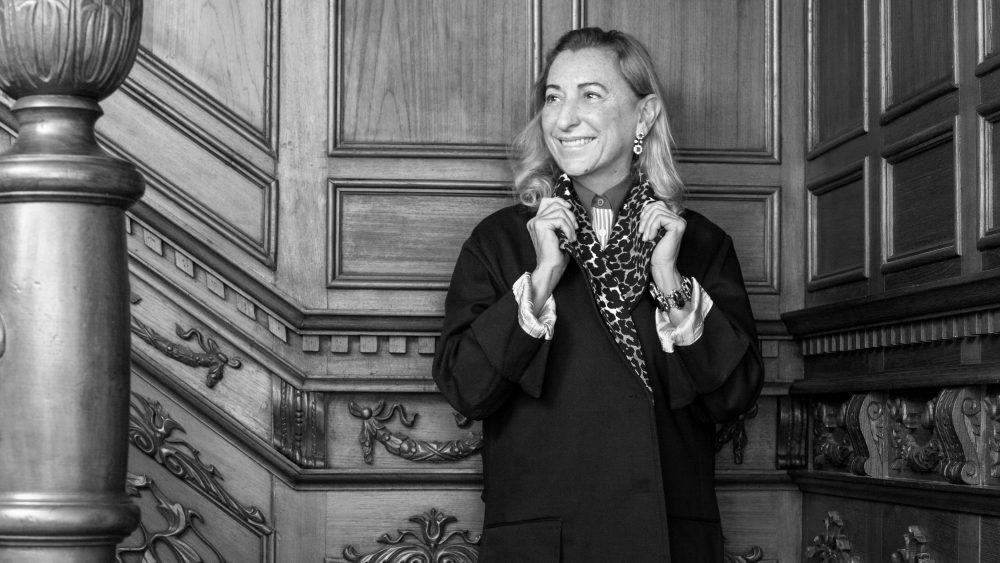
(read more at https://thehula.com/blog/celebrating-female-designers/ )
Being a former member of the Italian Communist Party didn’t stop Miuccia Prada from launching one of the largest and most recognisable luxury fashion houses in the world. Currently valued at over $10 billion by Forbes, the Prada Group – of which Miuccia Prada is Chief Executive Officer – and its subsidiary companies (Prada, Miu Miu, Jil Sander, Church’s and Car Shoes) is barely recognisable from its origins as an Italian accessories house.

Miuccia Prada began her career in fashion working for her family’s business in 1970. The youngest granddaughter of Prada’s original founder Mario Prada, she took over from her mother Luisa as Prada’s creative director in 1978. The following year, Miuccia began using nylon as the now-signature fabric for her bags, turning the sturdy military fabric into a smashing success with backpacks, tote bags, and the popular Prada Re-Edition. She created her first women’s ready-to-wear collection in 1989, launching Prada’s alternative, “ugly-chic” style that has since become the brand’s staple. Following her success at Prada, she created Miu Miu (after her childhood nickname) in 1992 as “Prada’s little sister”, which catered to a younger audience.

In an interview with Alexander Fury for The Independent (2015), Miuccia stated “When I work on Prada, we work for one month. Already there are so many ideas that maybe we don’t do for Prada, so I know. I say ‘Please, let’s spare something for Miu Miu!”
In later years, Prada also expanded into eyewear (2000), fragrances (2004), and even had a collaboration with LG to produce the world’s first smartphone, debuting the LG Prada smartphone a month before Steve Jobs announced the iPhone. Miuccia was also the costume designer for Baz Luhrmann’s 2013 adaptation of Fitzgerald’s “The Great Gatsby”, starring Leonardo DiCaprio. In 2020, Miuccia introduced Upcycled by Miu Miu, a 100% sustainable collection featuring vintage designs that had been updated and refashioned.
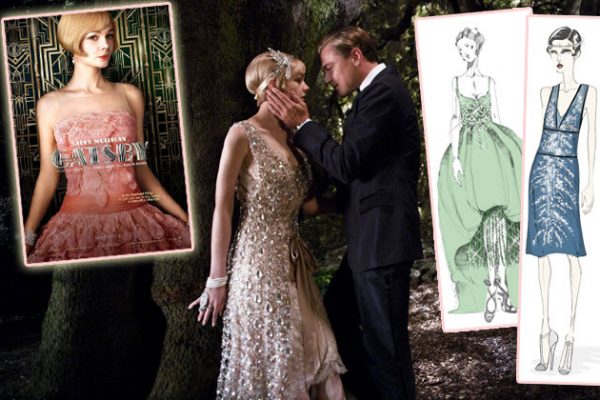
As such an iconic and successful designer, it's no surprise that Miuccia has received numerous accolades for her work. Notable awards include the CFDA International Designer Award in 2004, International Designer of the Year at the 2013 British Fashion Awards and the 2018 Outstanding Achievement Award from the British Fashion Council.
Alexander McQueen’s Creative Director: Sarah Burton (OBE)

Fellow lovers of The Duchess of Cambridge, take note. Sarah Burton is the mastermind responsible for designing the iconic, much-coveted wedding gown that HRH Kate Middleton wore when she married Prince William in 2011, as well as Pippa Middleton's gown as maid-of-honour.
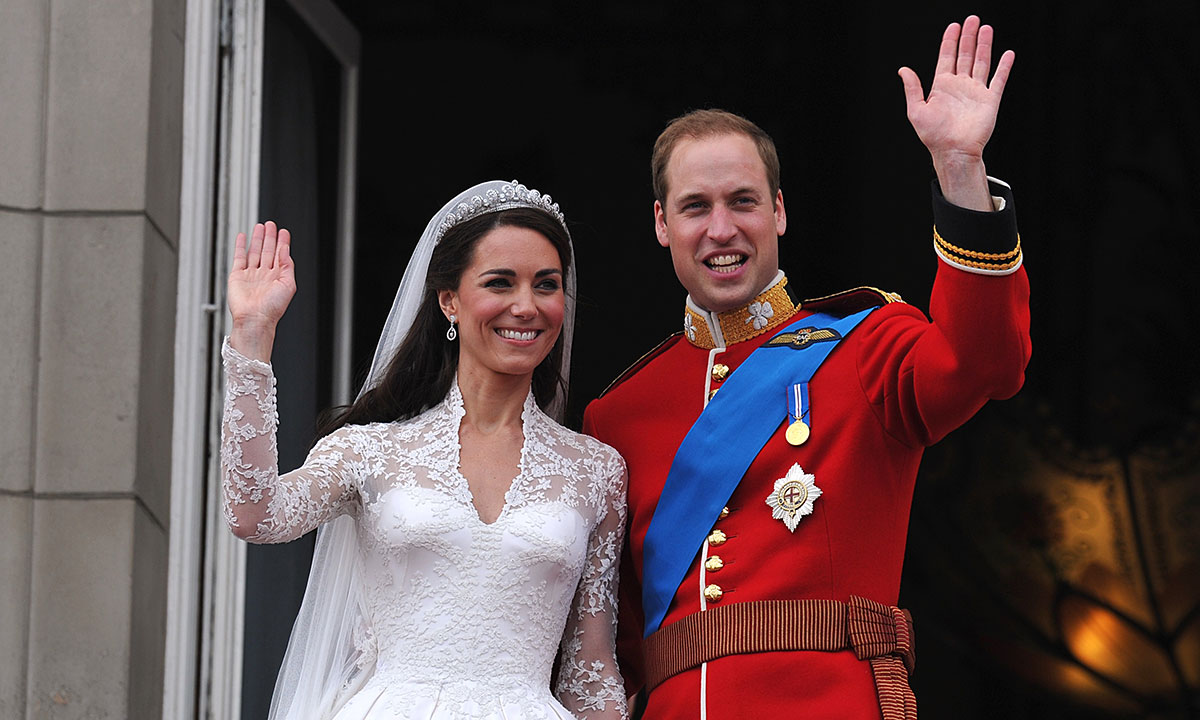
Sarah studied Print Fashion at London's famous Central Saint Martins College of Art and Design, and began her 25-year long career at Alexander McQueen as an intern during the final year of her degree, where she worked directly with McQueen himself, and officially joined the company as McQueen's personal assistant after graduation. Although she admitted to Vogue that she "couldn’t really sew or pattern-cut" when she first joined, she was a fast learner and was promoted to head of Womenswear design after just two years. She continued to work closely with McQueen until his passing in 2010, where she was named as his successor as creative director over all areas, including women's and men's ready-to-wear, accessories, and MCQ, a technology-driven and creative subsidiary label with an emphasis on high-end, contemporary streetwear.
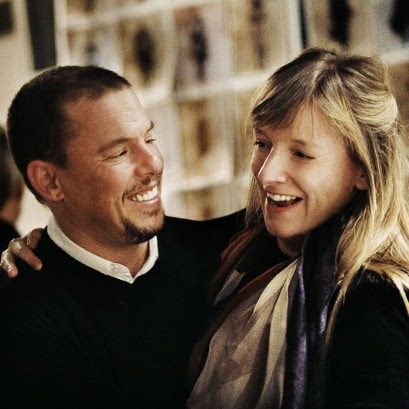
Over the next 11 years, Sarah Burton has managed the near-impossible feat of maintaining McQueen's original vision for the fashion house while also creating an aesthetic of her own, thus cementing her status as a fashion icon and one of the most beloved creative directors in the industry. This sentiment is echoed by many: not only was she named Designer of the Year in 2011 at the British Fashion Awards, she also received the Valentino Garavani and Giancarlo Giammetti International Award from the Council of Fashion Designers of America (CFDA) and the Trailblazer Award from the British Fashion Council in 2019. Most notably, she was appointed an Officer of the Order of the British Empire (OBE) in 2012, a British order of chivalry rewarding outstanding contributions to British society.
Givenchy’s Creative Director: Clare Waight Keller

Another iconic royal wedding needs another iconic wedding dress. As an advocate for female empowerment, it only makes sense that Meghan Markle, the former Duchess of Sussex, chose Clare Waight Keller, Givenchy's first female creative director, as the designer of her wedding gown when she married Prince Harry in 2018.

Clare Waight Keller's interest in fashion began at the age of five when her mother taught her how to knit. She attended the Ravensbourne College of Art for her undergraduate degree in Fashion, and later the Royal College of Art, where she completed her master's degree in Fashion Knitwear. Upon graduating, Clare moved to New York and joined the Womenswear department at Calvin Klein as a stylist. She then joined Ralph Lauren's Purple Label as their senior designer for menswear, where she gained an intimate knowledge of tailoring that still features in her work today. Her next role was at Gucci – then under Tom Ford's creative direction – as a senior designer, where she worked in tandem with Francisco Costa and Christoper Bailey until 2004.
Clare's first stint as creative director was at Pringle of Scotland in 2005. During her time there, she completely reinvented the brand and launched a diffusion line named Pringle 1815, thus leading her to win Scottish Cashmere Designer of the Year at the 2007 Scottish Fashion Awards. Clare then left Pringle to replace Hannah MacGibbon as creative director at Chloé in May 2011, where she remained for six years. Under her leadership, Chloé blossomed, their blend of femininity with masculine tailoring becoming synonymous with the effortlessly chic, "French-girl" style that women around the world sought to emulate.

In 2017, Clare succeeded Riccardo Tisci as the creative director of Givenchy, making history as the first woman to hold the position at the famous fashion house. With her at the helm, the heritage brand returned to the haute couture runway as well as women's and men's ready-to-wear. Givenchy's haute couture collections under Clare used modern materials to reinterpret classic looks from Givenchy's archives, resulting in an otherworldly, ethereal effect that paid homage to Hubert de Givenchy's legacy.
During her time at Givenchy, she forged a close working relationship with Meghan Markle. She not only designed Meghan's wedding gown, but also the dresses are worn by her entire bridal party. Meghan continued to choose Givenchy pieces for many other significant outings, and also personally presented Clare with the British Designer of the Year Award (Womenswear) from the British Fashion Council in 2018, along with Rosamund Pike.
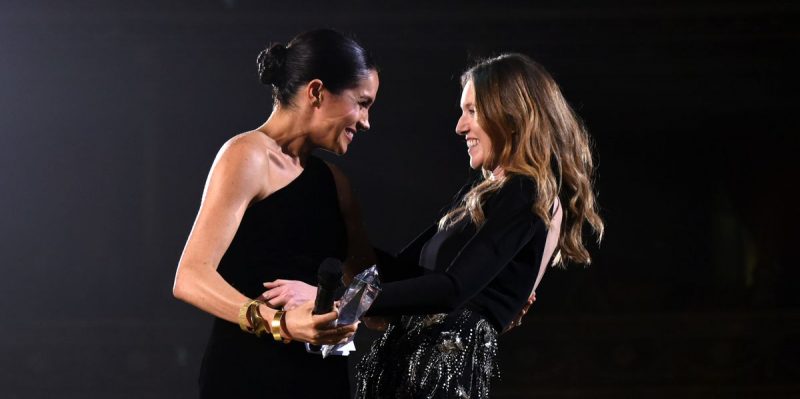
In April 2020, Clare Waight Keller departed from Givenchy after "three wonderful years". Although she has not yet announced her plans for the future, we are excited to see what she will do next.
Rodarte’s Creative Directors: Kate and Laura Mulleavy
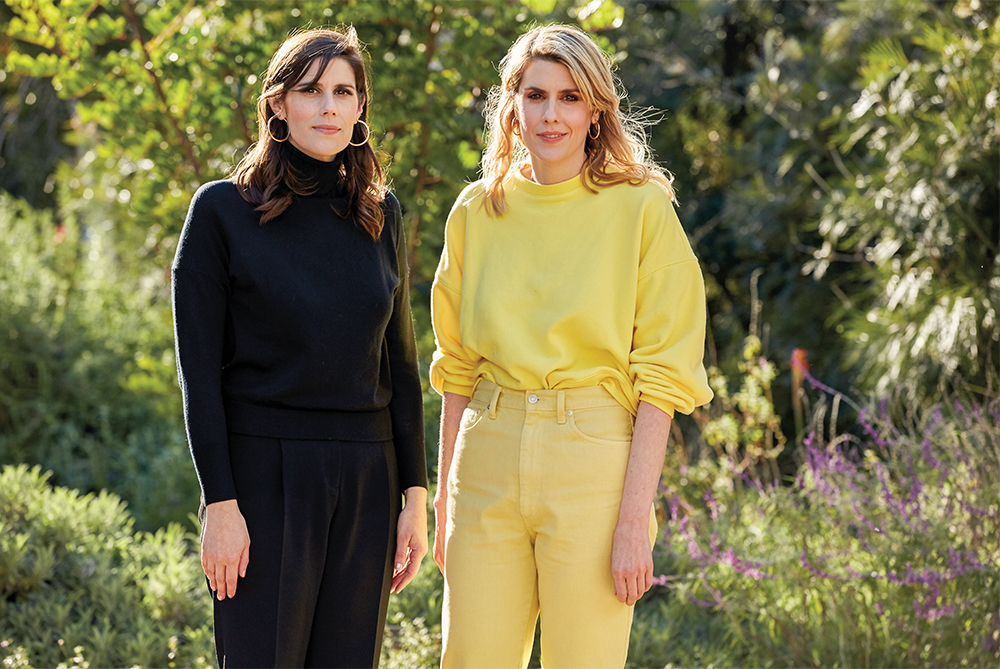
Relatively newer to the fashion scene, Rodarte has proven to be one to watch. Founded by Kate and Laura Mulleavy (joint creative directors) in 2005, the self-made brand currently has 1.1 million followers on Instagram and is stocked in over 40 of the world's leading retail distributors, including Harvey Nichol's, Farfetch, and Net-a-Porter.
In an article she wrote for The New Yorker, Amanda Fortini described Rodarte's aesthetic as "the fashion equivalent of a Basquiat (referring to the late American artist Jean-Michel Basquiat). People in the know really love it, but to everyone else it's inscrutable or a little bit ugly".
The main inspiration behind Rodarte's designs is the sisters' West Coast upbringing and natural American landscapes, but in recent years there has been an emergence of darker themes, such as punk, anime, gothic and elements of S&M culture.
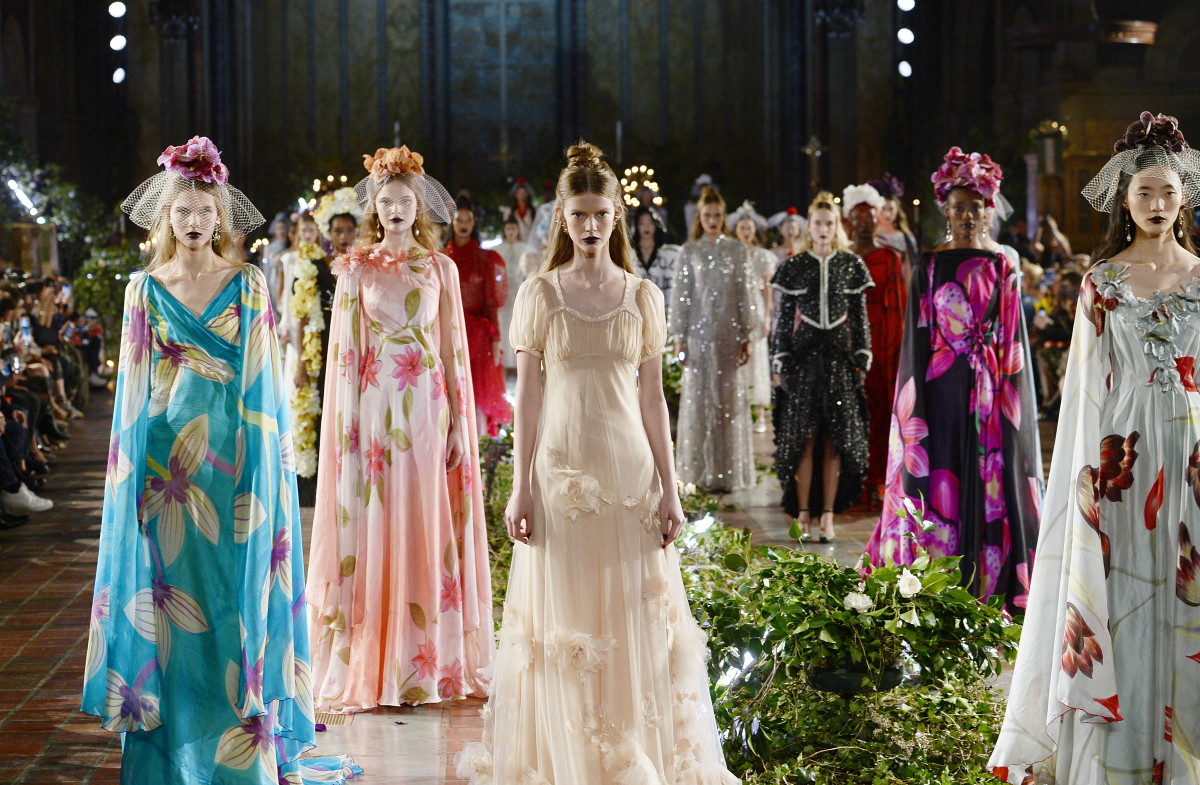
Surprisingly, neither Kate nor Laura studied fashion before pursuing careers in the industry. Both sisters are graduates of the University of California, Berkeley, where they received undergraduate degrees in liberal arts. After graduation, the sisters returned home to Pasadena, working as waitresses and also selling personal belongings to raise the funds to start the fashion line.
Their gamble arguably paid off, and their first collection, which comprised of 10 hand-finished garments, appeared on the cover of Women's Wear Daily and caught the attention of Anna Wintour, the editor-in-chief of Vogue, herself. From then on, Anna Wintour became a public supporter of the brand and featured Rodarte's work in multiple Vogue issues. By 2021, the Mulleavy sisters' work has been featured in over 20 international publications and has been seen on celebrities and fashion icons such as Tilda Swinton, Cate Blanchett, Elle Fanning and Rihanna, to name a few.
[caption id="attachment_15339" align="aligncenter" width="599"] Elle Fanning in Rodarte[/caption]
Elle Fanning in Rodarte[/caption]
Similar to Miuccia Prada, Kate and Laura have also collaborated on costumes in film, most notably in the Academy-Award winning psychological thriller Black Swan. Their presence in the film world is not limited to costumes: the sisters wrote the script for the movie Woodstock, which was released in 2017 and featured Kirsten Dunst in a starring role.
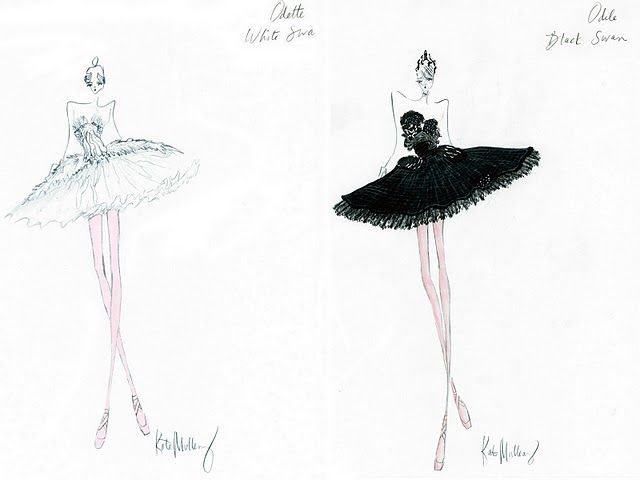
The sisters have received a large number of accolades for their work, including the CFDA Swarovski Award for Womenswear in 2008 and the CFDA Womenswear Designer of the Year Award in 2009. Rodarte designs are also featured as permanent collections in exhibitions at museums such as the Costume Institute of the Metropolitan Museum of Art, the Fashion Institute of Technology Museum, the Los Angeles County Museum of Art, and the Museum of Fine Arts in Boston, an incredible achievement considering the sisters are both still in their early 40s.
Fendi's Creative Director: Silvia Venturini Fendi

Although Fendi initially began as a family business, Silvia Venturini Fendi is the only remaining family member still working at the Italian fashion house, of which she is the creative director.
Silvia is the daughter of Anna Fendi and the granddaughter of Adele and Edoardo Fendi, who founded the namesake brand in 1925. She took up her first "role" at Fendi at six years old, when she appeared in an ad modelling a bomber jacket and matching hat. Throughout her childhood, she continued to beg her family to allow her to leave school early so she could join the family business, but ultimately decided to finish her education.
After receiving her education in Italy and London, Silvia returned to Fendi. In 1987, she launched "Fendissime", a secondary line similar to Miu Miu. Although she gained experience in many roles throughout the company such as marketing, organising fashion shows and general management duties, her true passion remained creating. In 1992, Anna and Fendi's resident creative director Karl Lagerfeld -- who joined the house in 1965 and remained until his death in 2019 -- officially allowed her to join them in the design studio. After Karl's passing in 2019, which marked the end of the longest relationship between a fashion house and a designer in history, Silvia was appointed as his successor as creative director.
 Silvia is also the creative mind behind the very first "It" bag, the Fendi Baguette. Although the team at Fendi initially doubted this design, the bag was an instant commercial success, with over 100,000 sold in the first year of its production and earning Fendi the Fashion Group International award for accessories in 2000.
Silvia is also the creative mind behind the very first "It" bag, the Fendi Baguette. Although the team at Fendi initially doubted this design, the bag was an instant commercial success, with over 100,000 sold in the first year of its production and earning Fendi the Fashion Group International award for accessories in 2000.
The Fendi Baguette's status as a cultural symbol was officially cemented by Carrie Bradshaw in Sex and the City, who infamously corrected her robber who referred to it as just a bag while being held at gunpoint. The impact the show had was so great that when Fendi released their re-edition of the Baguette, they featured Carrie's actress, Sarah Jessica Parker, in their video advertisements, where she reprised her iconic line: "Oh, this is not a bag. It's a Baguette".
